Even now, after nearly a century since its debut, Tolkien’s Middle-earth is the most ambitious feat of fictional worldbuilding ever attempted, and the story of The Lord of the Rings remains a timeless tale destined to be sung, as the professor himself would say, “unto the ending of the world.”
So, I begin to wonder, even as I muster up the confidence to write this listicle, if the whole practice isn’t a futile bid to appraise and compare a legendarium above such shallow critiques; a world that kickstarted a literary movement.
Still, no work is ever flawless, and even Tolkien’s detailed world-building, exceptional prose, and legendary storytelling can stand to be pitted against itself.
Here’s a ranking of every major Middle-earth publication, excepting novels like Beren and Lúthien, The Fall of Gondolin, and The Fall of Númenor, as they only expand and compile different notes of the tales already outlined in The Silmarillion.
5. Unfinished Tales of Númenor and Middle-earth
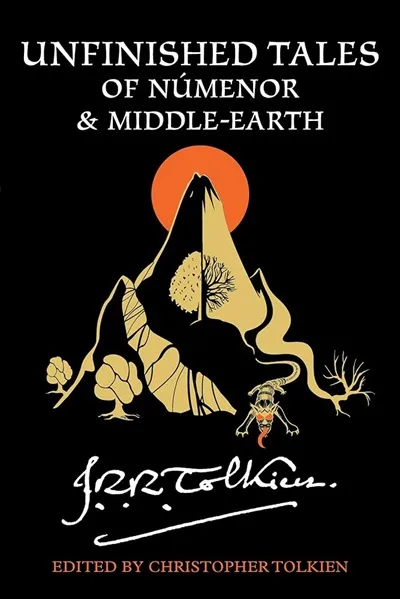
Unfinished Tales is an amalgam of different Middle-earth tales with little to no revision from Christopher Tolkien. These are essentially stories set in Arda as Tolkien wrote and perfected them over the years, most of them incomplete, many of them vague, and some even inconsistent, thus the name Unfinished Tales. Still, if you’re curious to learn more about the Island Kingdom of Númenor and the few who survived its downfall, then reading this posthumous release can be enlightening.
4. The Hobbit
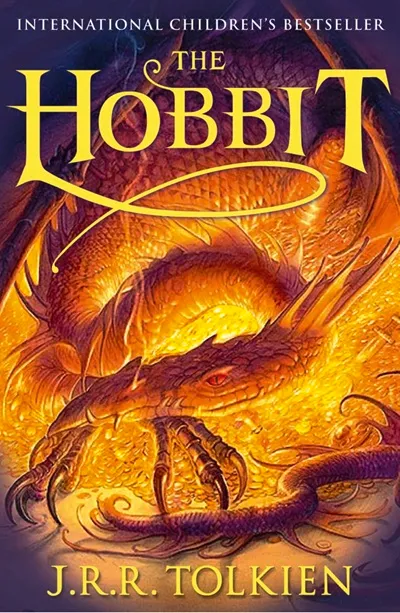
The Hobbit chronicles the story of Bilbo Baggins and his adventures across Eriador and beyond the Misty Mountains to the east. It is a tale of friendship, of courage, and of staring death straight in the eye and living to tell the tale. It’s now considered a classic of children’s literature, and the foundation of everything Middle-earth came to represent for genre storytelling in time.
Tolkien may have begun to spin this inside his head as an epic creation story as early as the days of World War I, but if it weren’t for the huge success of The Hobbit, there would be no Lord of the Rings. Bilbo Baggins ultimately turned into an archetypal character, because it doesn’t get any more symbolic than facing your fears, going on a dangerous adventure, outsmarting the dragon of chaos, and returning to your simple life with your humility intact.
3. The Children of Húrin
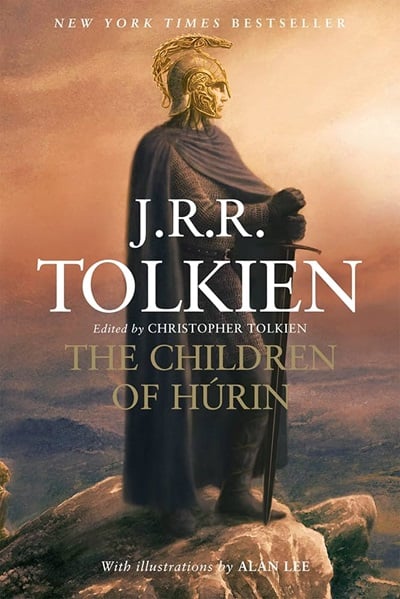
Those who accuse Tolkien of writing simple “good vs. evil” stories and dividing his characters into two extremes representing these factions haven’t read The Children of Húrin. If The Hobbit is a cozy children’s adventure book, The Lord of the Rings an epic fantasy, and The Silmarillion a textbook, the The Children of Húrin is a Shakespearean tragedy full of grim twists and turns for its main character Túrin Turambar.
Túrin is a man of the First Age who lives under the curse of Morgoth the Black Foe, his life stricken with tragedy after tragedy despite his brave and defiant nature. Reading The Children of Húrin makes you wish that Tolkien had lived longer to come up with even more heart-rending, compelling, and undying tales.
2. The Silmarillion
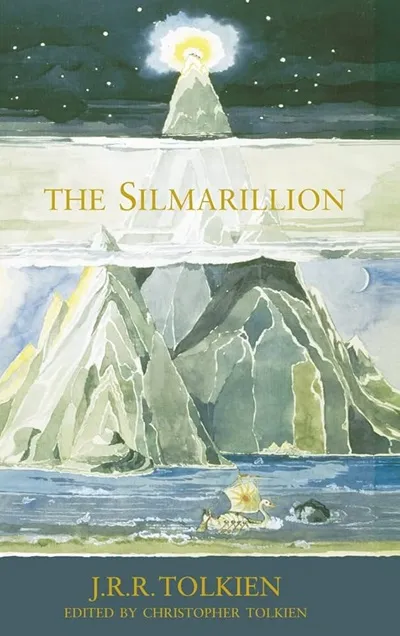
Even though The Lord of the Rings goes out of its way to explain old lore through exposition and poems every few dozen pages, the book still leaves us with many questions about the history of Middle-earth, its shaping, and the nature of beings like the Valar and the Eldar. The Silmarillion finally gives you a proper account of the creation of the world at the hand of Eru Ilúvatar, the coming of Ainur to Middle-earth, the treachery of Morgoth, the awakening of the Elves and Men and Dwarves, the War of the Jewels, and a summary of the events of the 10,000 years or so that came before The Lord of the Rings.
Writing a good story is a difficult task in and of itself, but Tolkien created a whole secondary world through Middle-earth. The Silmarillion is the beating heart of that world, and yet only a glimpse into the brilliant mind of its creator.
1. The Lord of the Rings
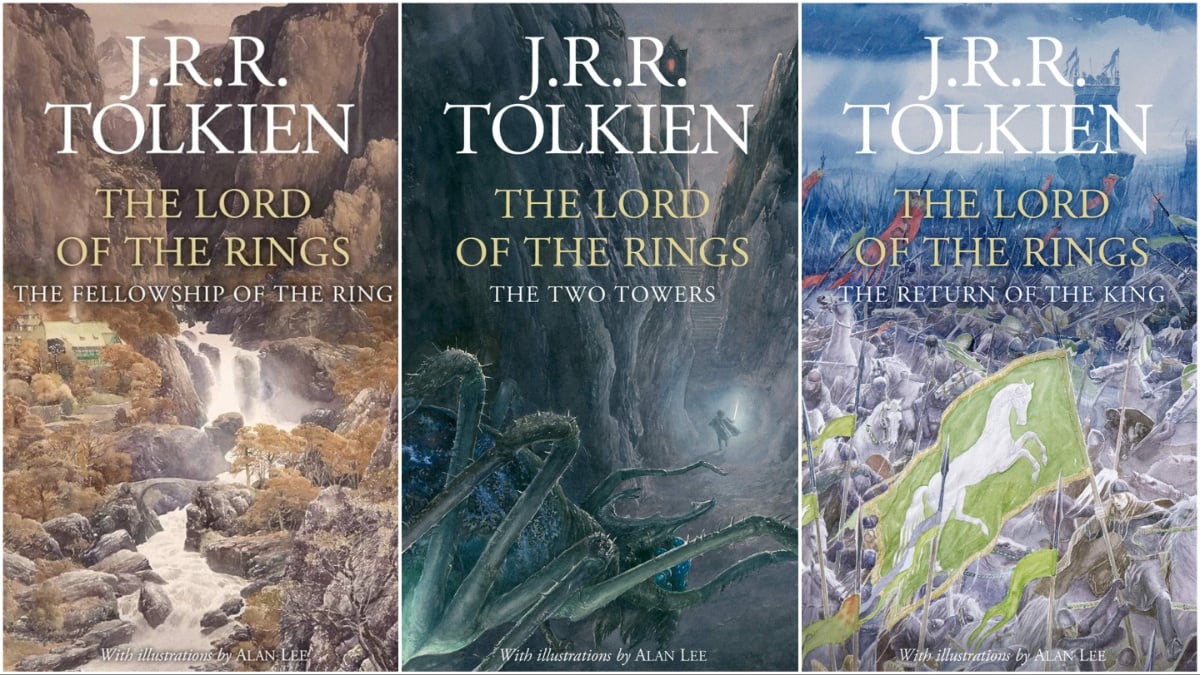
While books like The Silmarillion and The Children of Húrin have a special place in my heart, it goes without saying that the most revered story in all of Tolkien’s bibliography is The Lord of the Rings. This book launched the High Fantasy genre, striking like lightning into the heart of literary fiction and forever changing its landscape and trajectory.
I would go on, but you probably already know everything that I’m going to say. So let’s do away with verbosity and simply state this: The Lord of the Rings is J.R.R. Tolkien’s crowning achievement and one of the most important works in literary history.

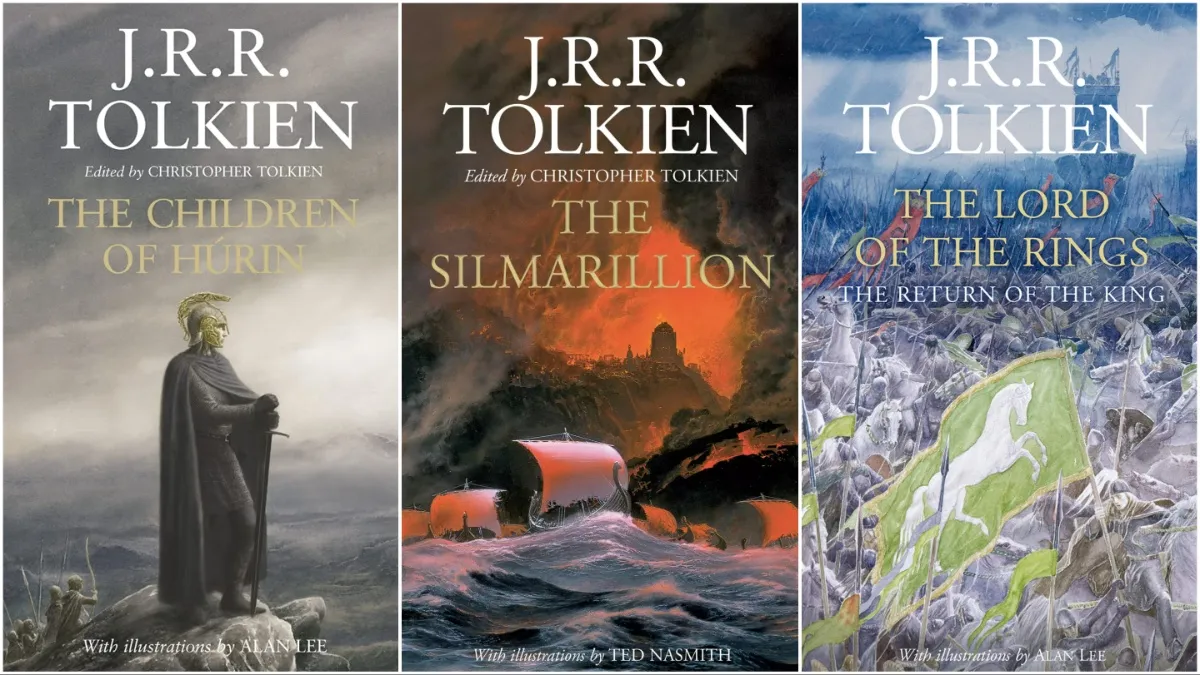







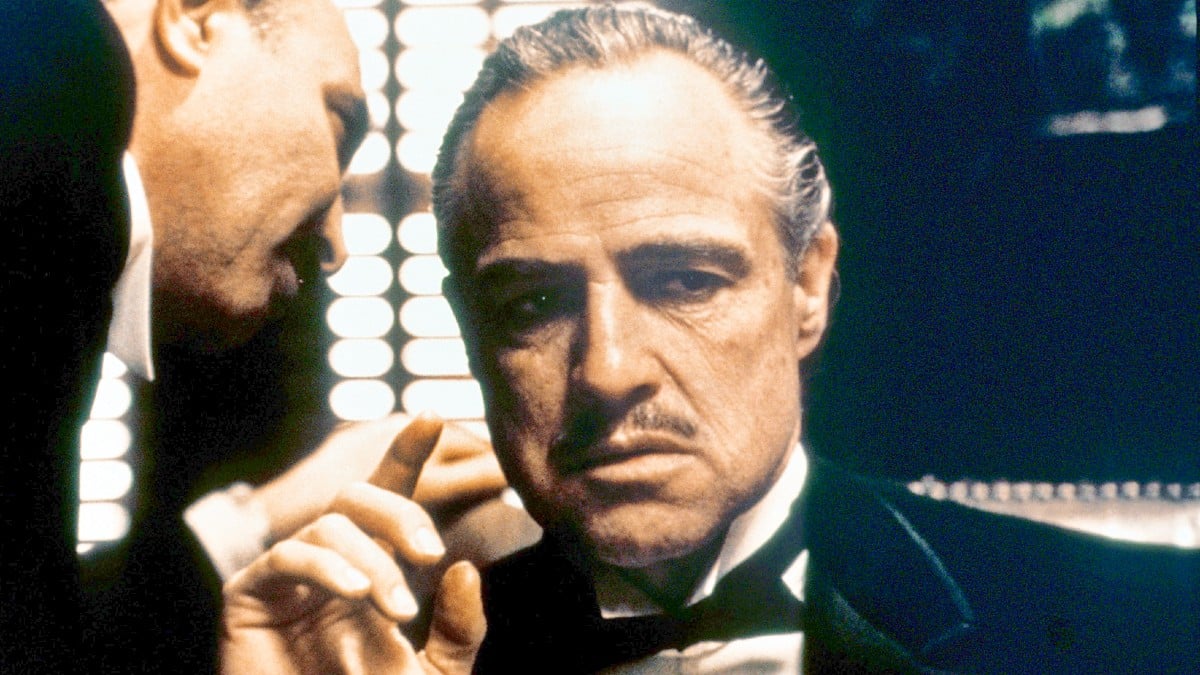
Published: Sep 2, 2024 04:51 am